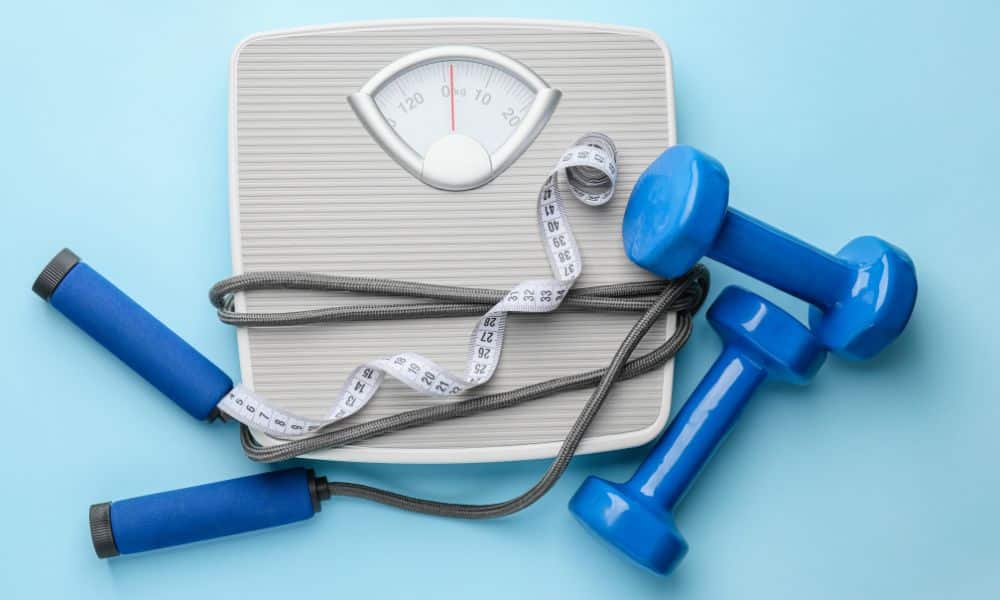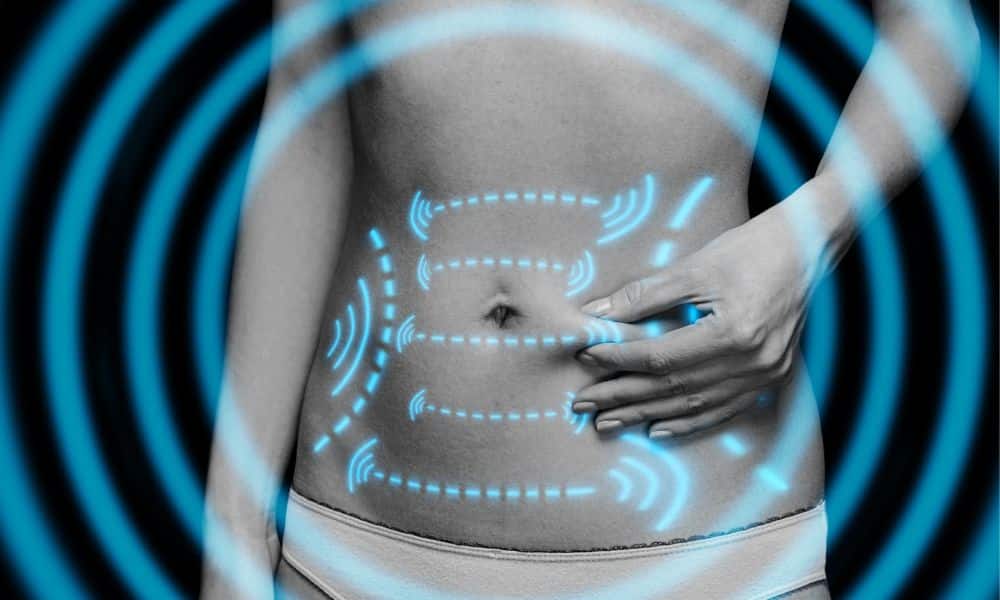In the world of health and fitness, understanding the mechanisms of fat storage and fat burning is crucial. Two metabolic processes stand at the forefront of this understanding: Lipogenesis and Lipolysis. Let’s delve deep into these two processes to gain clarity on how our body manages fat.
What is Lipogenesis?
Lipogenesis, as the name suggests (‘lipo’ meaning fat and ‘genesis’ meaning creation), is the process by which our body synthesizes fatty acids. These fatty acids are then stored as triglycerides in adipose tissue, commonly known as fat.
Key Points about Lipogenesis:
- Driven by Diet: When you consume more calories than your body can immediately use, the excess glucose is converted into fatty acids and subsequently into triglycerides.
- Insulin’s Role: The hormone insulin plays a pivotal role in facilitating the enzymes responsible for this conversion.
What is Lipolysis?
Lipolysis is the counter-process to lipogenesis. It involves the breakdown of stored triglycerides in adipose tissue into glycerol and free fatty acids, which can then be used by the body for energy.
Key Points about Lipolysis:
- Triggered by Energy Needs: When the body requires energy and there’s a deficit of readily available glucose, it turns to stored fat, initiating lipolysis.
- Role of Hormones: Several hormones, including adrenaline, noradrenaline, glucagon, and cortisol, promote lipolysis.
Balancing Lipogenesis and Lipolysis
For individuals looking to maintain or reduce weight, the goal is to strike a balance between these processes or tip the scale in favor of lipolysis.
Tips to Achieve This Balance:
- Manage Caloric Intake: Consuming calories in line with your daily needs can prevent excessive lipogenesis.
- Regular Exercise: Physical activity increases energy demand, pushing the body towards lipolysis.
- Limit Simple Sugars: Reducing intake of foods high in simple sugars can lower insulin spikes and reduce fat storage.
- Stress Management: Chronic stress can elevate cortisol levels, which in the long run can promote fat storage. Mind-body practices like meditation and yoga can be beneficial.
Conclusion
Lipogenesis and lipolysis are essential metabolic processes that dictate how our body stores and burns fat. By understanding them, we can tailor our lifestyle choices to optimize fat metabolism and achieve our health and fitness goals.
For deeper insights and more fitness-related content, explore TFClark Fitness Magazine.




